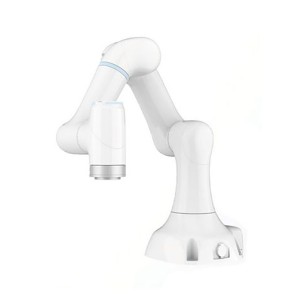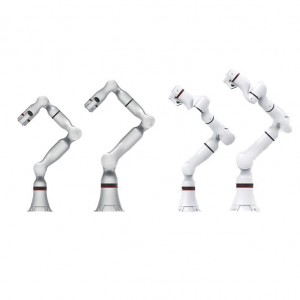Collaborative robot
Collaborative Robot
Advantages of collaborative robots
safety, flexibility, and ease of use
Collaborative robots (Cobots) are robots designed to safely work alongside humans in the same workspace and complete tasks together. Their core advantage lies in breaking the traditional industrial robot limitation of 'human-machine isolation,' while also offering flexibility and ease of use.
Lightweight, requires no complex foundation, can be quickly fixed using a workbench or guide rail; short debugging cycle (simple tasks can be completed in 1-2 hours, complex tasks in no more than 1 week), supports 'plug and play,' can quickly switch production lines (for example, from 'assembling mobile phone parts' to 'packaging cosmetics'), and adapts to the current manufacturing trend of 'small batches, multiple orders'.

Write your message here and send it to us

















